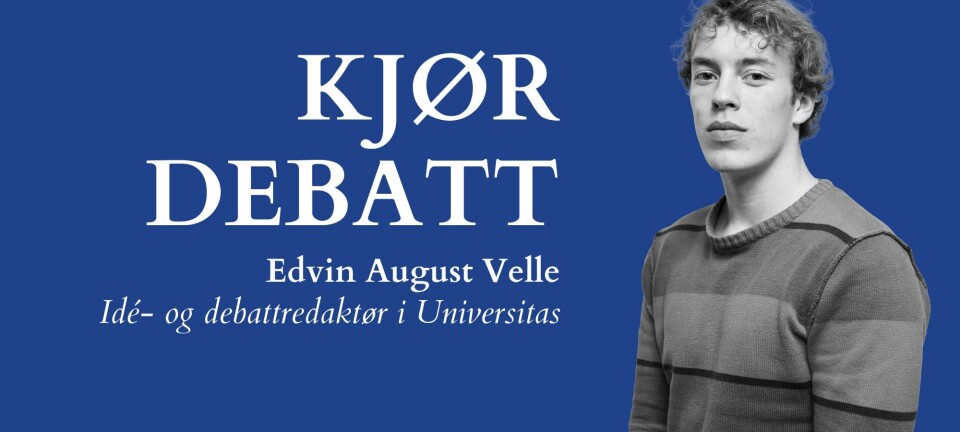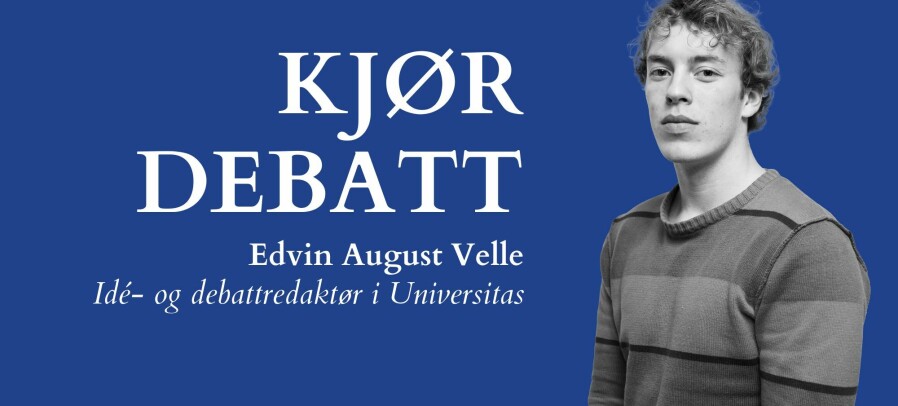
Norwegian University Admissions
The way in which the Norwegian education system standardizes both IB and non-IB students
This year, Samordna Opptak — Norway’s coordinative service for university admissions — recorded over 140,000 applicants for higher education, some of whom are coming from the IB (International Baccalaureate) high-school system.

For these IB students, converting grades tends to be more challenging than for those following the standard Norwegian high school pathway. As high-school principal of Skagerak International School, Niklas Winander explains:
– Personally, I think IB sets quite high standards and demands for what the passing grade is. I would say much higher than passing a Norwegian certificate or a high school diploma.
Making sure that the admissions system accommodates the differences in all high-school systems is very important to give each and every applicant a fair chance.
The IB Schools in Norway
For the 25 IB ‘Diploma Programme’ schools scattered around Norway, hundreds of high-school students seeking to study at Norwegian universities have experienced challenges first-hand. As director of Skagerak International School, James Tester, explains:
– It makes our top middle-school kids who are Norwegian think: «Maybe I should go do specialized studies instead of IB if I want to go to medical school in Norway.»
Following a successful petition campaign led by ‘Elevorganisasjon’ – a Norwegian student and teachers association – the research and higher-education minister Sigrun Aasland decided to pause the implementation of the new conversion table. Hopes for a better alternative are high. But why did it need a pause, and what challenges did it face in the past?
How do grades get calculated?
Elisabeth Hovdhaugen, a senior researcher at NIFU (The Nordic Institute for Studies of Innovation, Research, and Education), shared her insights on the practicalities of this question.
– In Norway, you have to finish an academic track program, and there are six different subjects that you need to have a complete grade in, says Hovdhaugen.
When checking whether a student will get accepted or not, Samordna Opptak calculates the average of all grades and multiplies the amount by 10; thus, the highest number of points one can get is 60.
– It makes our top middle-school kids who are Norwegian think: «Maybe I should go do specialized studies instead of IB if I want to go to medical school in Norway.»
The system is directly applicable to Norwegian high-schoolers who operate on a grade scale of 1 to 6. However, IB students have a maximum grade of 7, which must be converted together with 3 extra points that can potentially be gained for service and additional essays. As Winandner explains
– If you have 45 points in the IB system, you should have 60 points in the Norwegian system, since that's the maximum you can get. It should be as difficult to get 60 points as it is to get 45 in the IB system.
Conversion table in the past
When asked about the issue, Hovdhaugen also spoke about the grade differences..
– It used to be that it was a very unfair recalculation in the sense that the IB students got a higher grade.
The difficulties between Norwegian high-school and IB applicants stem from the ‘old system’ that had originally been created in the 90s.
Hovdhaugen, thus, believes that the ‘old system’ gave IB students an edge when applying for the top programmes.
– And what the government has tried to do now is take that away, which means that you're basically leveling the playing field and making it fair and the same for everybody. Explains Hovdhaugen.
Tester has a similar opinion on the matter:
– Some things were actually unfair for Norwegian public school kids that IB students got in the past.

Thus, from 2022 onwards began the process of making a ‘new’ system.
Newer conversion table
When the new conversion tables were published in December of 2022 (for their introduction in 2025), there was a very strong pushback – but this time from the dozens of IB schools across the country.
– They went about it the wrong way, without consulting the schools and doing real research into the comparably high workload that is the DP, according to Tester.
The key problem this time related to the data that was used, as statisticians based conversions on the global averages from IB students around the world. As Winander reflects when asked about this issue:
– We would suggest that they base that conversion table on the Norwegian students who do the Diploma Programme and not the global. We know that there are a lot of selective schools around the world where they only get over 40 points, and that, I think, is unfair to our students to be based on statistics for other students.
Compared to the older model, only a perfect IB score of 45 would convert to a 60. As a result, there was a significant knock-down effect along the entire grade spectrum, especially for those on the lower end. The greatest difference was for students who got a 23, with the difference between the old and new model being a reduction of 6.1 points.
– It used to be that it was a very unfair recalculation in the sense that the IB students got a higher grade
According to Utdanningsnytt, within a month of Elevorganisasjon’s petition, a pause was announced to reconsider the implementation of the conversion table.
The pause
The Directorate for Higher Education and Competence (HK-dir) is now at a pause. Tester certainly believes that there is hope for IB students wishing to study at Norwegian universities next year.
– They put a pause on it to try to fix it, and in the fixing process, we’ve been invited as international schools to join the conversation, so I’m happy with the resolution. says Tester

Tester thinks that this change to the grading system might have come from a lack of thorough consideration.
– I’m hoping that this was a decision made within HK-dir that wasn’t totally thought through and that we’ll come around to a reasonable agreement at the end. And adds,
– What they’ve proposed with a pause of this happening and a new round of discussions is a positive sign for me, and honestly, one that I probably didn’t expect, so I have to give them props
Progress and fairness
Despite the confusion with the IB conversion table, the Norwegian admissions system generally separates itself from other Nordic countries in its persistent attempts at transparency. As Hovdhaugen describes:
– Take political science as an example. Some universities, like the ones in Uppsala and Stockholm, require you to have a minimum requirement, as well as three years of social science, which you can only get in one or two of the academic programs.
Hovdhaugen also expresses praise for the relative ease for Norwegians.
– The transparency and the stability of the Norwegian system are a good thing for students and applicants because it's easy to know what kind of requirements are needed.
Ultimately, the way we perceive admissions systems is very important for trust and credibility. Although much confusion has been created in recent years with the IB conversion table, the fact that the Norwegian government is putting a pause to fix key issues is very important for all the IB students who want to apply on the same grounds as the rest of Norwegian applicants.































